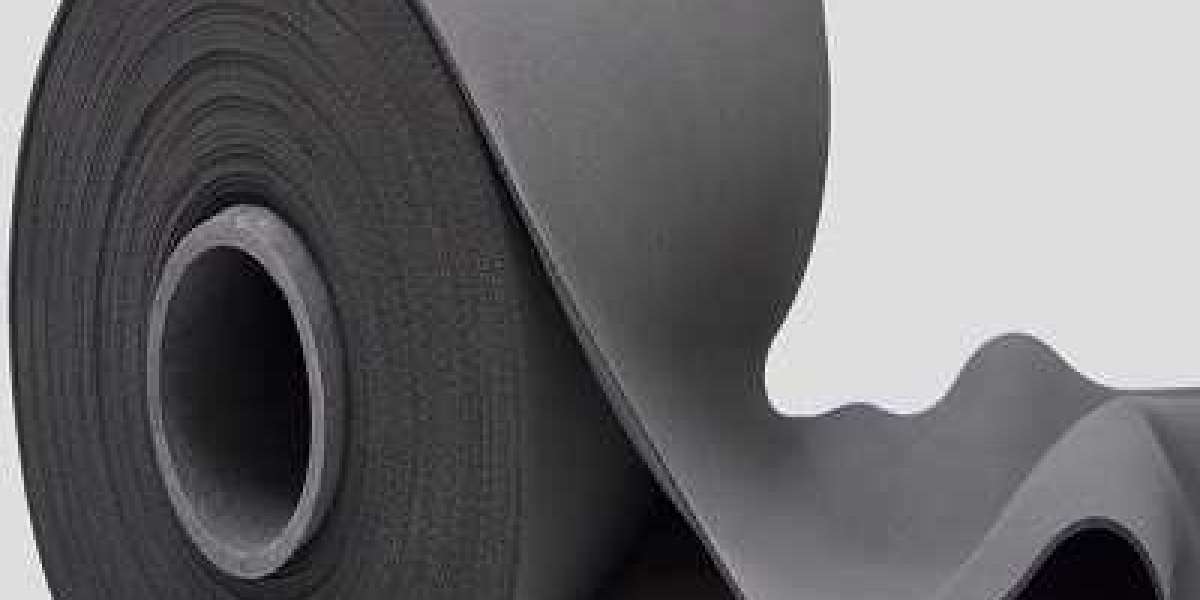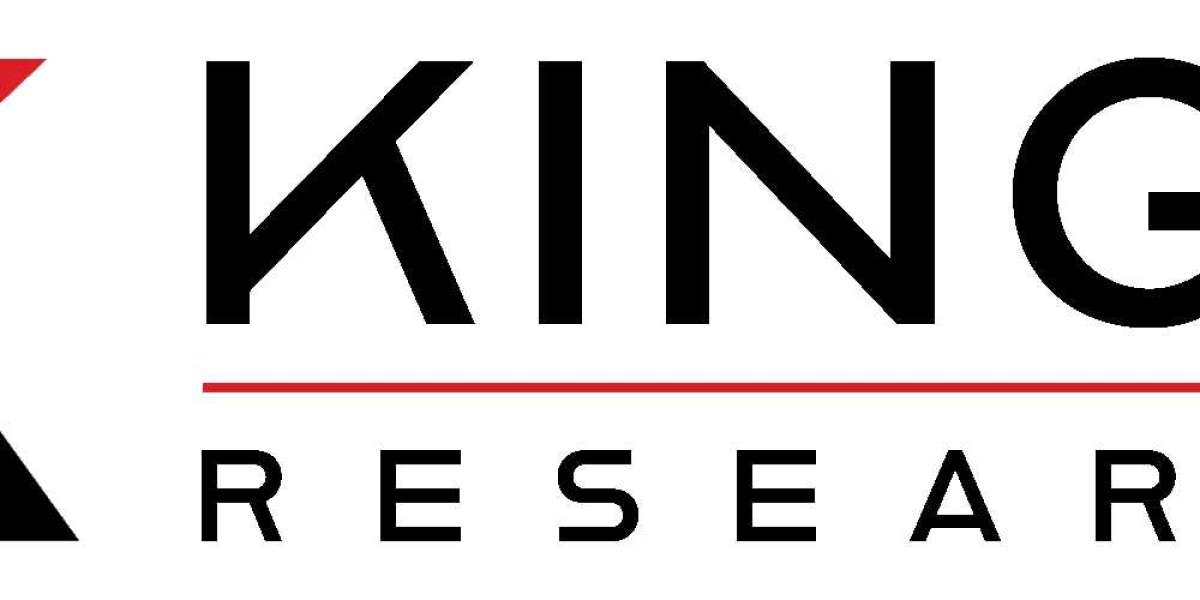In today’s electronics industry, accuracy, consistency, and miniaturization are not just technical aspirations—they are market demands. This is especially true for components like thick film and thin film resistors, which are essential for maintaining circuit stability in high-performance devices. To meet exact specifications, manufacturers turn to one of the most effective technologies available: laser trimming equipment.
What is Laser Trimming and Why It Matters?
Laser trimming is a post-production process used to fine-tune the resistance values of already fabricated resistors. During manufacturing, resistors are often printed or deposited with some variation in their resistance due to material or process inconsistencies. These deviations, although minor, can significantly impact circuit performance, especially in sensitive applications.
A resistor trimming laser uses a finely focused laser beam to remove precise amounts of resistive material from the resistor element. This material removal changes the electrical path, adjusting the resistance value until it falls within the required tolerance—often to an astonishing ±0.01% precision.
Thick Film and Thin Film Resistors: A Technical Overview
Thick Film Resistors
Thick film resistors are created by screen-printing a paste composed of metal oxides and glass onto a ceramic substrate, followed by firing in a kiln. This is a cost-effective and flexible method, suitable for a wide range of applications including automotive, industrial control, and power management systems. However, due to the nature of screen-printing, the resistance tolerance can vary, making laser trimming equipment a vital step to ensure uniformity and accuracy.
Thin Film Resistors
In contrast, thin film resistors are produced by sputtering or evaporating a thin layer of resistive metal alloy onto a substrate, typically ceramic or silicon. These resistors offer superior temperature stability, lower noise, and tighter tolerances. Nevertheless, even these precision components require fine adjustments via resistor trimming laser to meet the highest performance standards demanded by aerospace, military, and high-end medical applications.
Key Advantages of Laser Trimming Equipment
Ultra-High Precision
Laser systems enable resistance adjustment within microns of material depth and width.
Supports real-time feedback loop trimming with automated resistance monitoring.
Contact-Free Process
There’s no physical interaction with the component, reducing stress, damage, or contamination risk.
Speed and Repeatability
Capable of trimming thousands of resistors per hour with consistent accuracy.
Supports multiple trimming patterns (L-cut, serpentine, plunge cut).
Easily configurable for both thick film and thin film resistors across a variety of sizes and materials.
Integrated Quality Control
Most advanced laser trimming equipment includes integrated software with resistance logging, data archiving, and barcode tracking.
Real-World Application Scenarios
Automotive Electronics
Modern vehicles rely heavily on electronics for engine control, safety systems, infotainment, and battery management. Laser-trimmed thick film resistors are used in control modules where tight tolerance is vital to system responsiveness.
Medical Devices
Devices such as ECGs, diagnostic analyzers, and insulin pumps demand extremely stable and reliable resistor performance. Thin film resistors, post-trimmed with resistor trimming laser systems, ensure signal integrity and device safety.
Aerospace and Defense
Avionics and missile systems require precision components that operate flawlessly in extreme environments. Laser trimming ensures resistors meet both tight electrical tolerances and military-grade reliability standards.
Consumer Electronics
From smartphones and headphones to smart home devices, laser-trimmed resistors allow for compact and power-efficient designs without sacrificing performance.
Different Types of Laser Trimming Techniques
Open-Circuit Trimming: Involves cutting paths into the resistor without real-time resistance measurement. Best for approximate adjustments.
Closed-Loop Trimming: Involves real-time resistance monitoring during trimming for ultra-accurate adjustment.
Voltage Divider Trimming: Used for trimming networks where multiple resistors influence the overall output.
Analog Circuit Trimming: Calibrates components within analog signal paths, such as amplifiers and filters.
Each of these methods can be performed using modern laser trimming equipment, depending on application requirements.
How to Select the Right Resistor Trimming Laser System
Choosing the right system requires a comprehensive understanding of your application, production volume, and tolerance requirements. Here are key considerations:
Laser Type: Solid-state, Nd:YAG, or fiber laser—each suited for different materials and applications.
Spot Size and Beam Control: Critical for trimming resolution.
Pulse Duration: Nanosecond or picosecond for heat-sensitive substrates.
Automation Level: From semi-automatic benchtop systems to fully automated inline machines.
Software Capabilities: Look for intuitive software that offers pattern libraries, resistance logging, calibration routines, and statistical process control (SPC).
Future Innovations in Laser Trimming Technology
The next generation of laser trimming equipment is integrating AI-powered algorithms, machine vision systems, and predictive analytics. This enables real-time optimization of trimming parameters, auto-compensation for material variation, and enhanced traceability throughout the resistor manufacturing lifecycle.
Furthermore, hybrid trimming stations are emerging, capable of processing both thick film and thin film resistors in a single setup, enhancing flexibility and cost-efficiency.
Conclusion
As the demand for high-performance electronics continues to grow, the importance of laser trimming equipment becomes ever more significant. Whether working with thick film or thin film resistors, manufacturers rely on resistor trimming lasers to achieve the precision, consistency, and reliability that modern applications demand.
By integrating advanced laser trimming solutions into your production line, you're not just improving component quality—you're future-proofing your manufacturing process against rising standards in every sector from automotive to aerospace.







